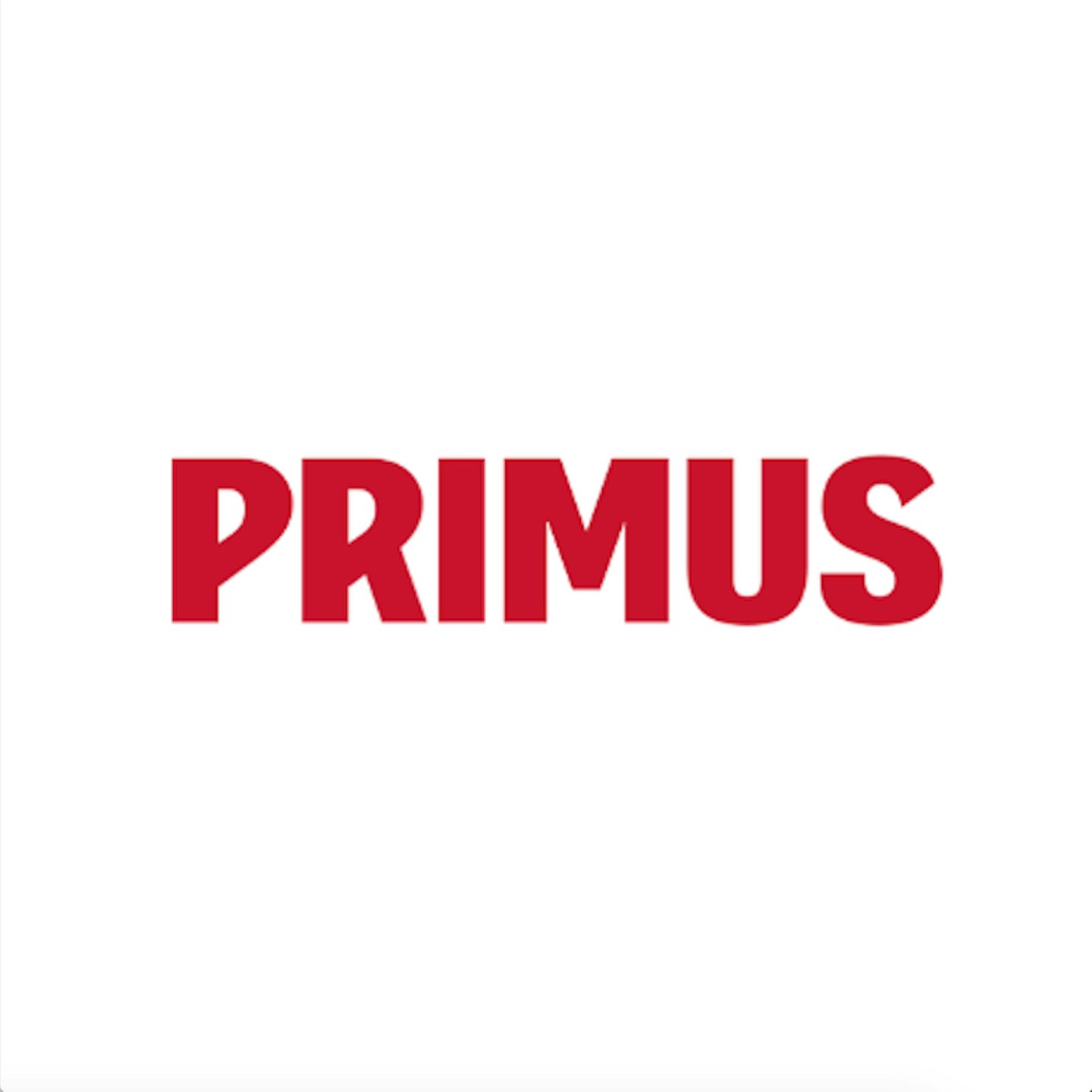Backpacking delivers joy in a range of forms. It takes you through incredibly beautiful wild places. You often get to escape the noise, hustle and bustle of everyday life. And it’s good for both your body and your mind.
Admittedly, cooking (and then cleaning up afterward) isn’t always one of the perks of backpacking, especially if you’ve been relying on instant noodles, pasta pouches from the supermarket or drab ration packs.
But it doesn’t have to be this way. Armed with the right kit, the right knowledge and the motivation to do something with it, you can eat very well while on the trail.
With that in mind, we’ve teamed up with Primus to give you the inspiration and knowhow to eat like a king (or queen) while camping.

Established over 130 years ago, Primus was born in Sweden when F.W. Lindqvist and J.V. Svenson created the world’s first soot-free kerosene stove. Being the first of its kind, they named it Primus (the Latin word for first).
In the ensuing decades, Primus stoves find their way onto multiple iconic expeditions. In 1897, the Andrée Arctic balloon expedition takes one while attempting to reach the North Pole.
In 1911, famed polar explorer Roald Amundsen packs one for his expedition to the South Pole and in 1953 Sir Edmund Hillary and Tenzing Norgay use a Primus stove during the first successful expedition to the summit of Everest.
Of course, Primus stoves have evolved a bit since then, with the range now encapsulating everything from ultralight backpacking stoves, multi-fuel options and larger products designed for basecamp.
However, reliability, usability and performance remain at the core of each product. Which is handy, when you’re trying to cook up some delicious food to fuel your adventures.
So with that, let’s get stuck into some advice on how to eat well while on camp.
Top tips for cooking on camp
1. Choose the right kit
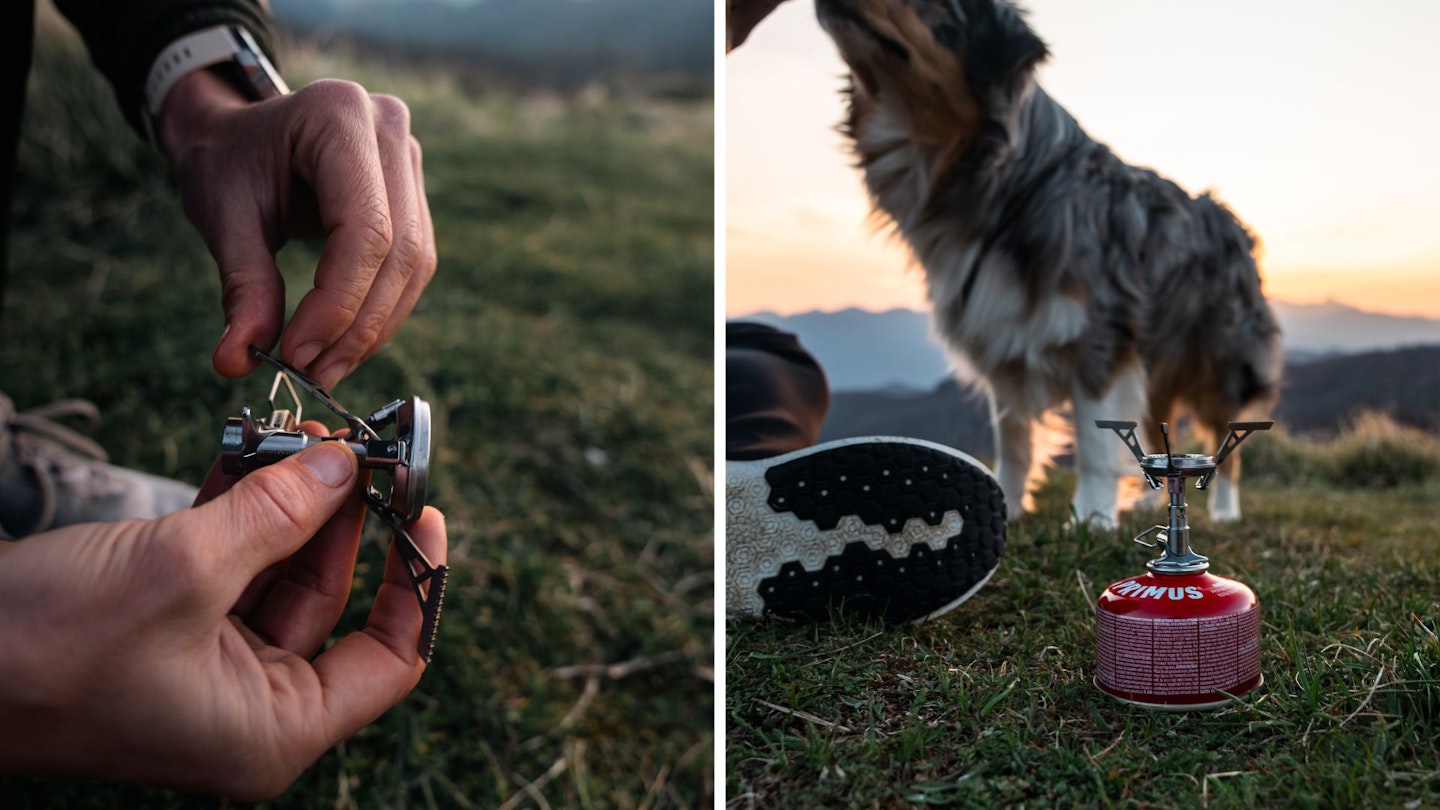
There are a lot of options on the market when it comes to stoves, but one you might not have heard of (as it’s only recently launched) is the Primus Micron III.
The Micron III is an ultralight foldable stove that weighs just 58g and sits on top of the gas canister. It folds down to a package of 62x46mm, too.
It can boil a litre of water in under four minutes with its 2,600W flame and can be used with a range of pot sizes, while an oversized control valve allows you to change the burner output if you need to cook with less heat.
This all makes the Micron III a fantastic option for ultralight backpacking, however, if you want a larger stove that’ll make it easier to cook more complex meals, consider the multi-award-winning PrimeTech Stove Set 1.3L.
The latter is designed to cater for 1-3 people, with the windproof burner and two pots all packing into a storage bag as one compact package.
Offering more stability than ultralight stoves, the PrimeTech set is well set up for cooking up a feast, with two pots, a weatherproof Piezo igniter and removeable handle that can be used with both pots.
The PrimeTech boils one litre of water in 3.5 minutes but also has a regulator valve so you can change the temperature to suit your needs.
2. Pick your staples
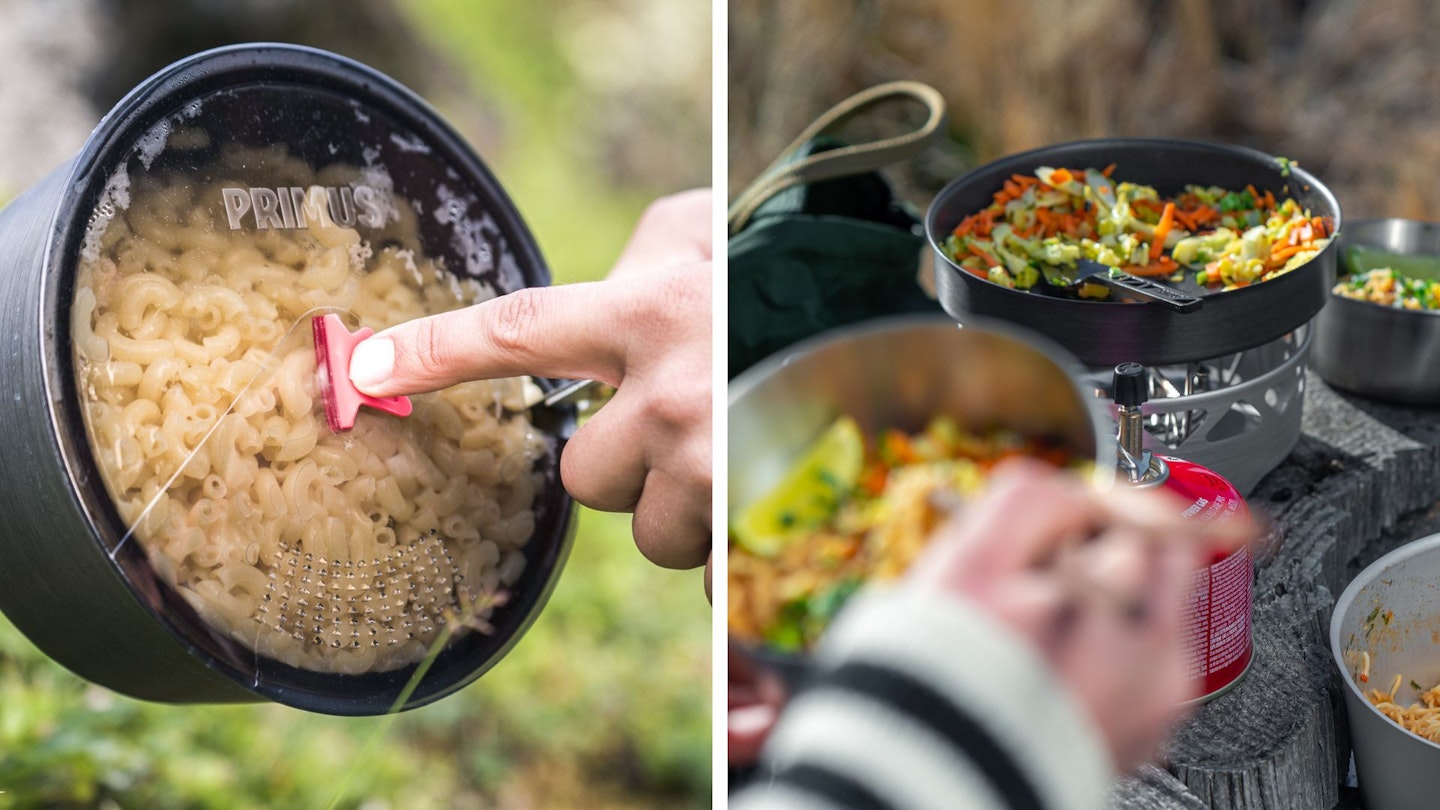
Some foods travel well in your rucksack, while others just don’t. Unless you’re planning to pop a cool bag and ice blocks into your rucksack, your choice of meat is going to be limited to cured meats such as salami. Alternative protein sources include canned fish like tuna.
Carbs are much easier to come by, as dried pasta, rice and noodles aren’t heavy yet deliver a decent dose of calories.
Hard cheeses like cheddar and parmesan are other great staples, as they’re fine out of the fridge for a while yet deliver big in the taste department.
Of course, a lot of veg is also fine when kept at room temperature, so there’s plenty you can take with you.
3. Get inspired
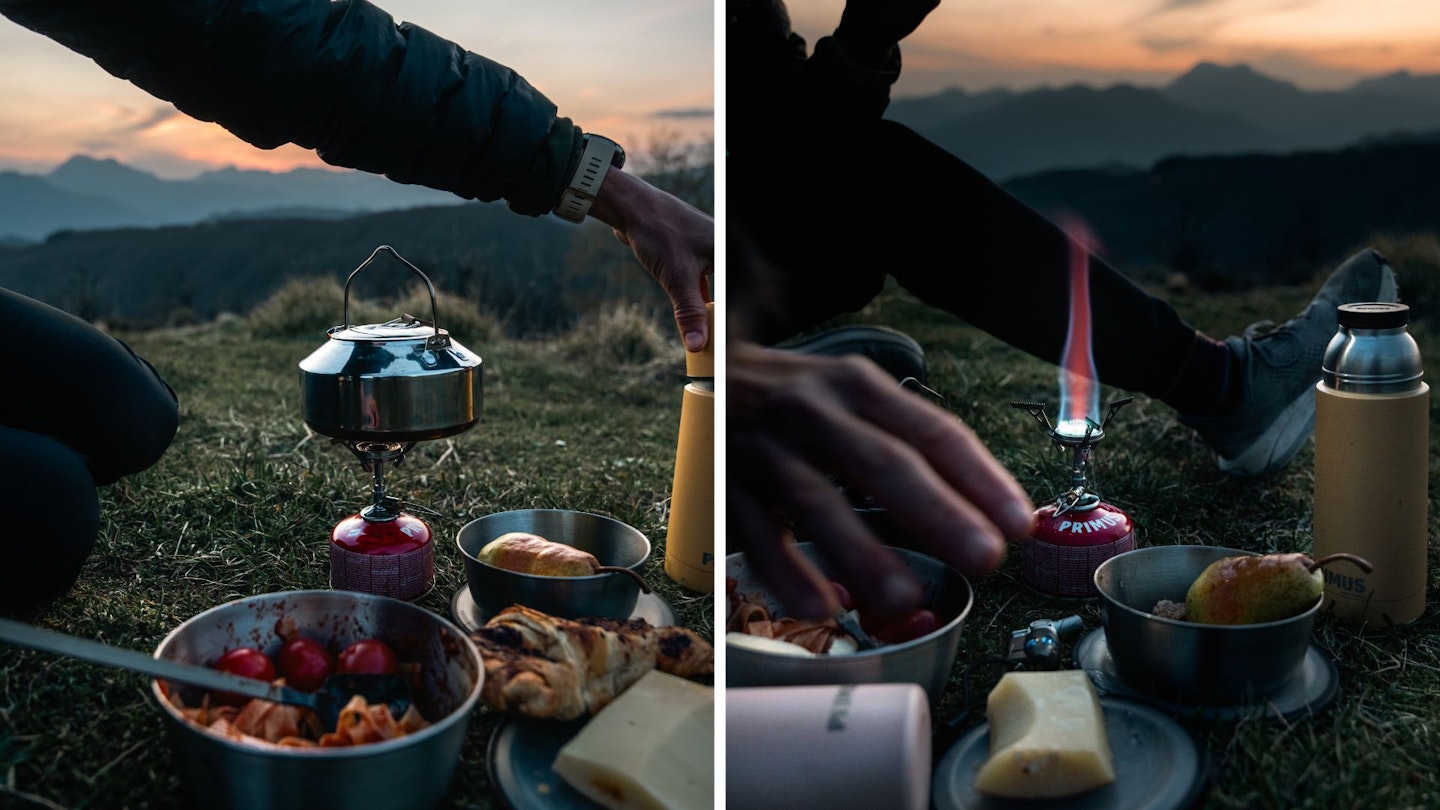
You can recreate some of your favourite home-cooked meals on a mountain – you just need to be creative (and pragmatic).
In the same way you’d pick a cuisine when going out for dinner, do the same ahead of your backpacking trip. Italian meals are simple camping options, particularly pesto pasta.
Pasta with salami and veg is also a simple-enough choice, though you do need two pans – one for frying and one for boiling the pasta.
Another Italian-inspired dish you could try is spaghetti carbonara. Substitute the bacon for salami, carefully package a couple of eggs into a small pot with kitchen towel for cushioning and pack some parmesan and you have all the ingredients for an excellent dinner.
Alternatively, take inspiration from the Far East and rustle up a noodle dish such as pad Thai or ramen. Again, you can prep the sauce/broth before you go, leaving you to simply fry off some veg, boil and drain the noodles, and then throw everything together.
You could pack some prawn crackers and dip, too, but I’m not sure they’ll still be intact when the evening arrives.
4. Remember the 7 Ps
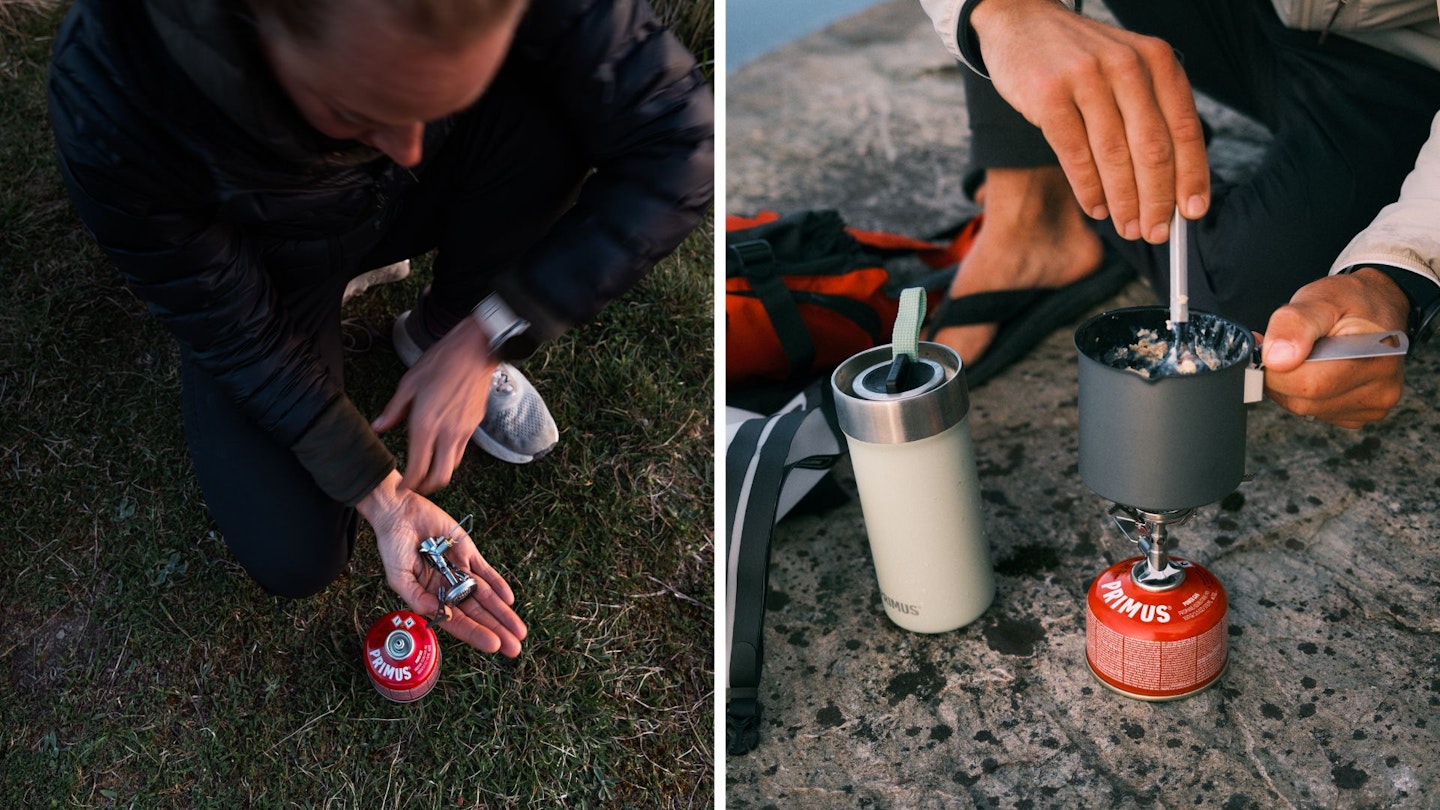
Proper planning and preparation prevents piss poor performance. This is an old military adage, but it can be applied to a lot of things in life, especially time spent backpacking.
In this case, carefully planning your food (and what you’ll need to cook it) is vital to a smooth dining experience.
The last thing you want to happen is to start cooking and realise you’ve forgotten your cutlery, plate (though you could just eat straight from the pan!) or gas.
Also consider prepping food before hitting the trail. Chopping up cured meats or vegetables is a big time-saver, but you could also consider cooking up some great-tasting grub before leaving home and storing it in a food flask (Primus has a solid range of options). You could do this with soup, curry, ramen, stew – the list goes on.
Even if you have a particularly large backpacking rucksack, you’re not going to be able to take your entire spice cupboard with you, so you need to think about a few essentials to really transform the flavour of your dishes.
You’ll know what flavours you particularly like, but a tube of minced garlic, tomato puree, some salt and pepper, and maybe one or two other spices can really transform a dish. Little bottles of hot sauce can also deliver on flavour.
5. Pack a little luxury

One thing we like to do is try and eat three courses in camp. A personal favourite is to bottle up some extra virgin olive oil and balsamic, pack some fluffy bread and enjoy it as a starter.
For a special little treat after your main course, take a look at Primus’ recipe for drinking chocolate, which is the perfect, warming dessert.
6. Don’t entirely rule out packaged camping meals
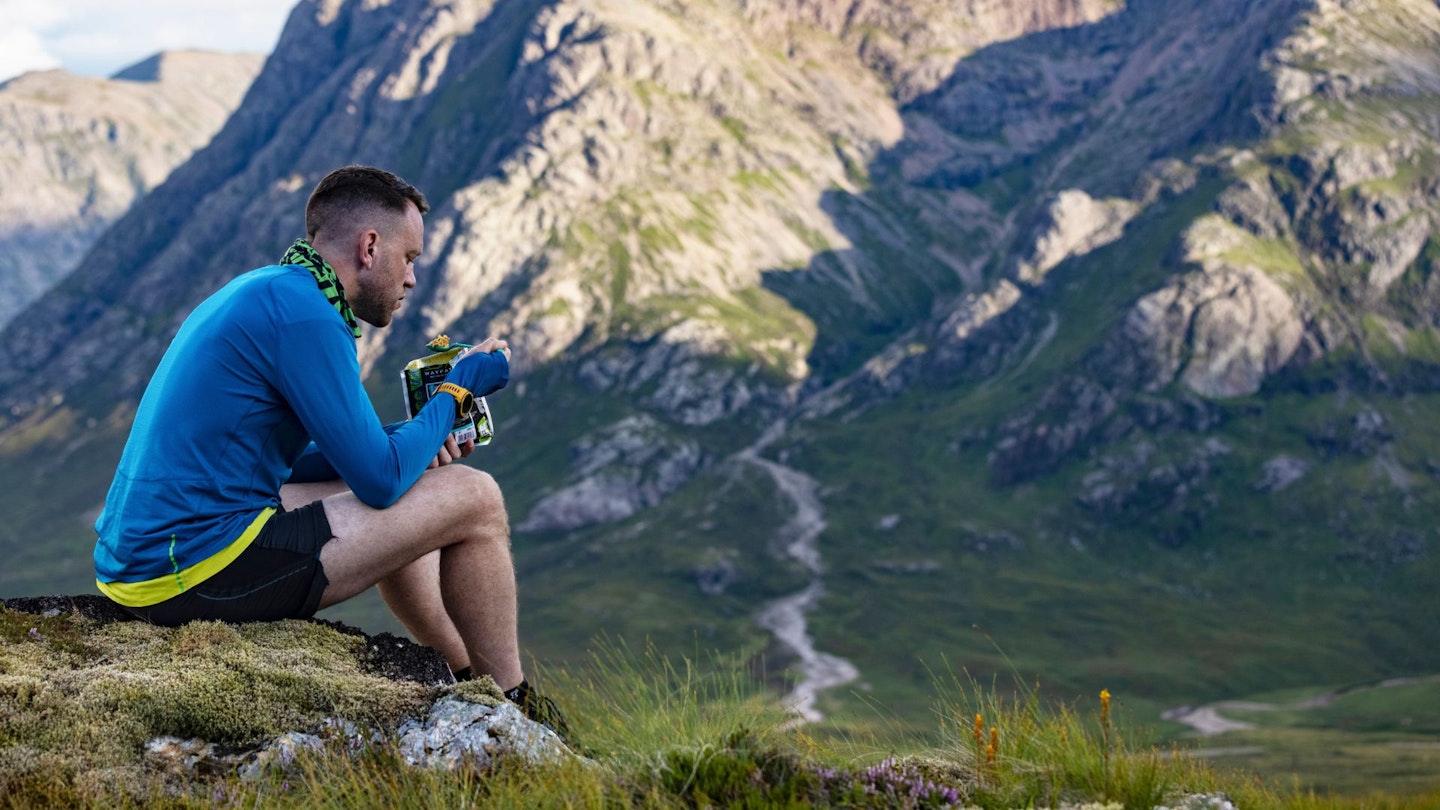
Not all ration packs are created equal. They typically come in two varieties: the dehydrated option or the wet food option. The latter are heavier but simply boil in the bag, while the former are lighter, but need boiling water poured into them and around 10 minutes of grace for them to be ready.
They’re not just limited to main meals, either, as you can also get puddings or breakfasts.
Flavour, calorie count and value for money varies from brand to brand, but it’s worth a bit of trial and error. Meal choice has really expanded over the years, too, so you’re not limited to sausages and beans or stew.
If weight and simplicity are your key desires, this option is still one of the best ways to go.
7. Remember to hydrate
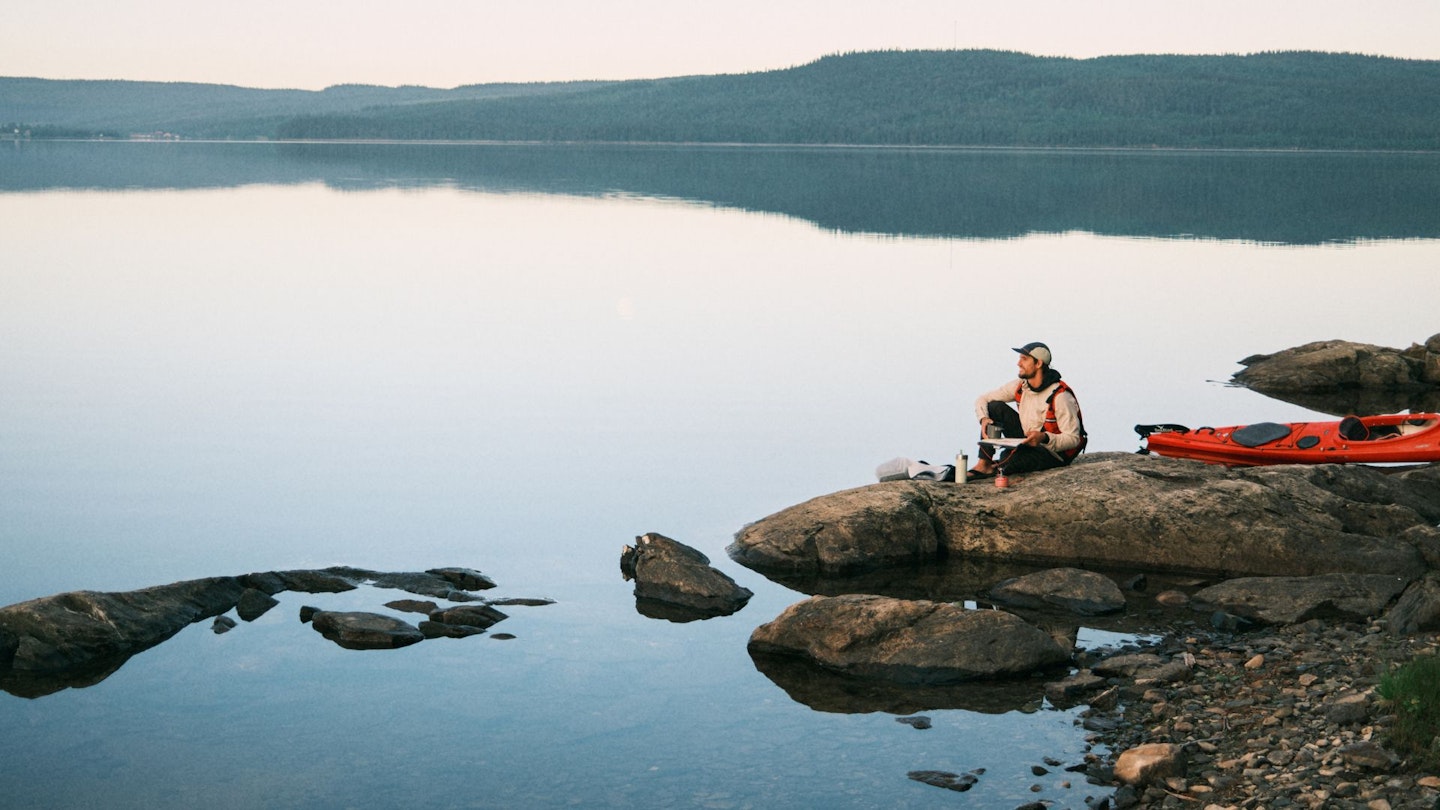
Loading up on tasty carbs, fats and proteins is, of course, vital, but you also need to remember to hydrate. You’ll have undoubtedly lots a lot of fluid if you’ve been hiking all day, so make sure to continue drinking throughout the evening to ensure you’re good to go the next day.
Find more camping recipe inspiration and top tips on the Primus website, where you can also see the brand's full range of stoves.

